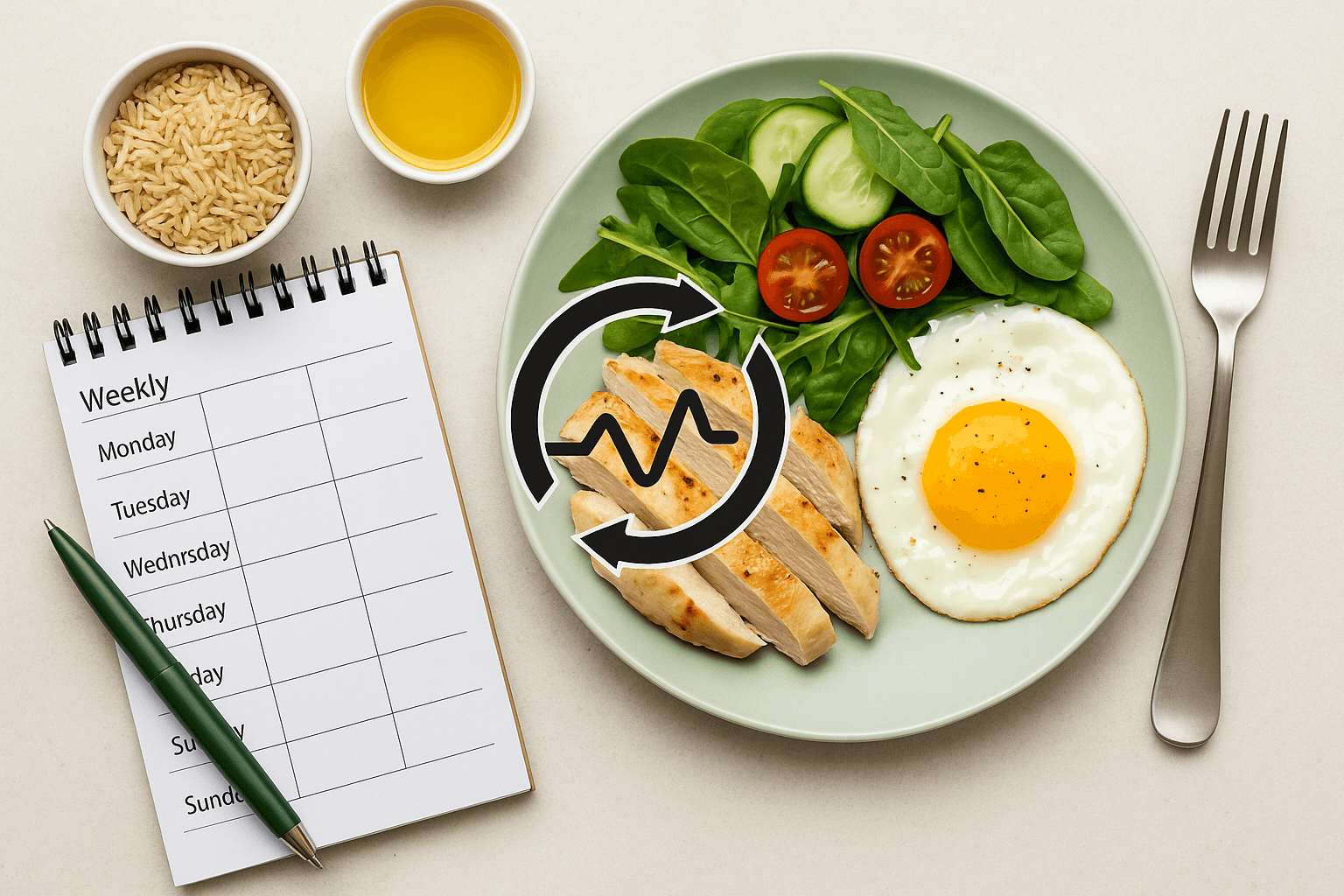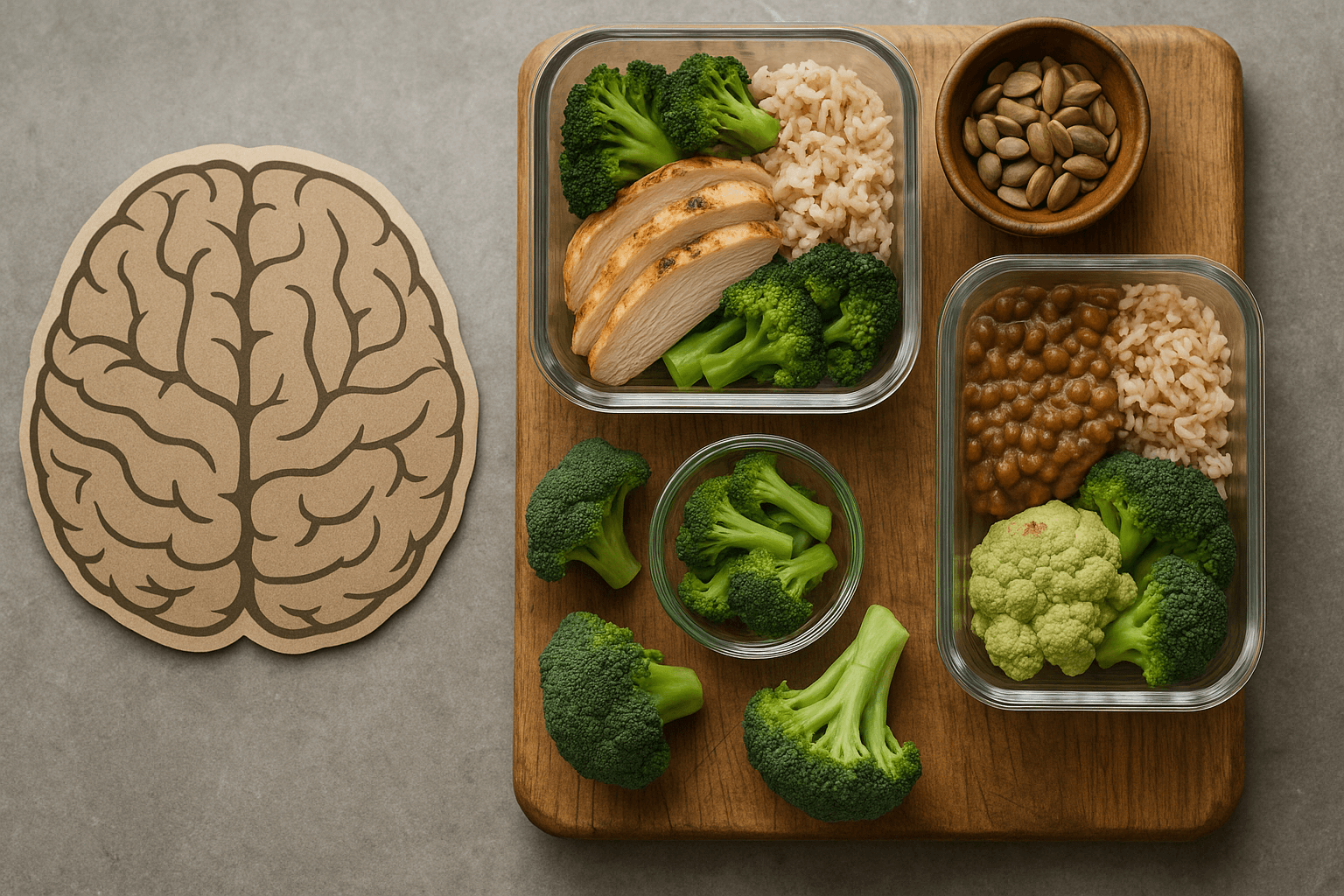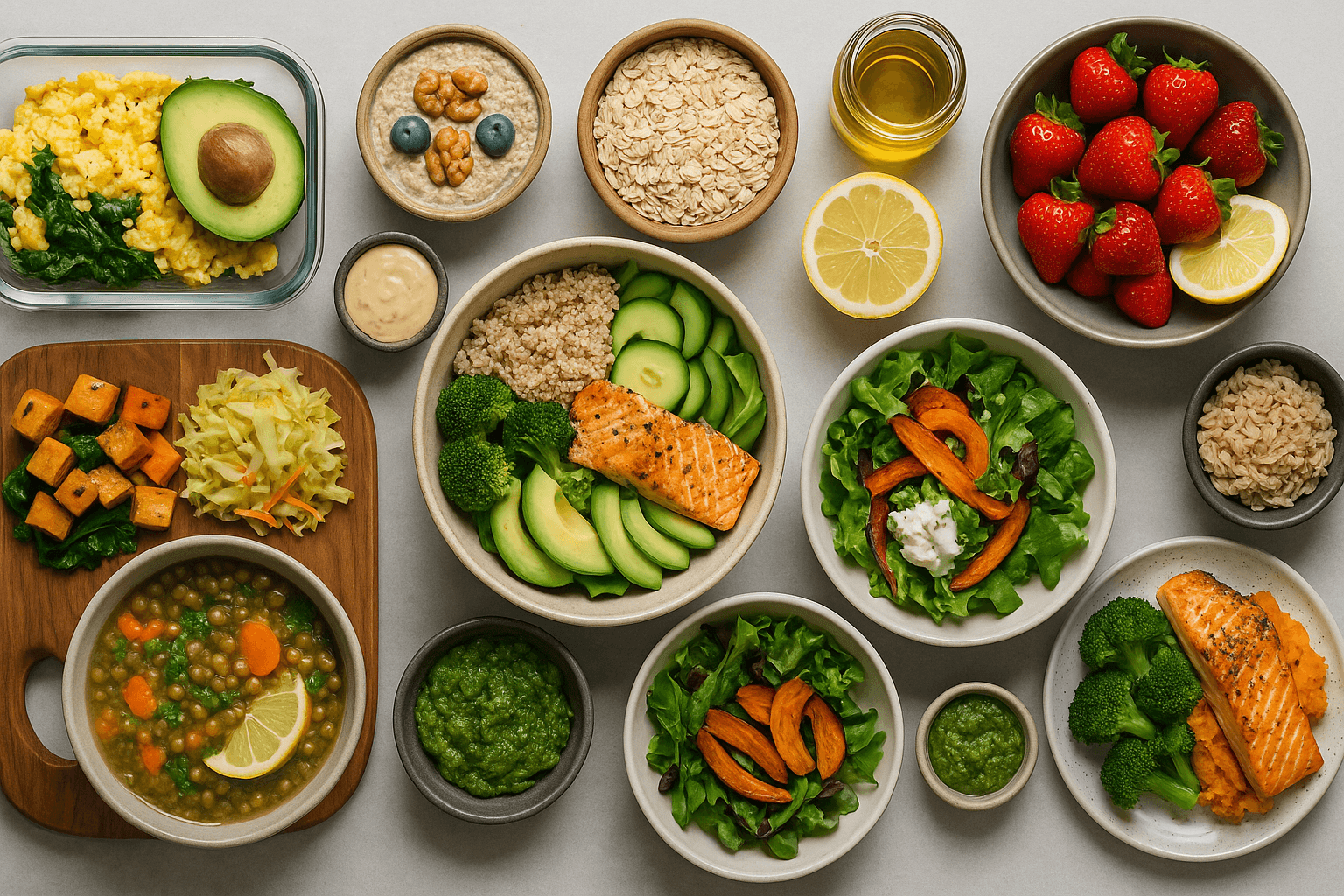Meal Plans: The Smartest Way to Eat Healthier Without Thinking Twice
Published on May 1, 2025

🧩 Meal Plans: The Smartest Way to Eat Healthier Without Thinking Twice
🔑 Key Takeaways
A meal plan is a structured roadmap for what you’ll eat, typically spanning several days or a full week.
It reduces decision fatigue, saves time and money, and helps you stick to your health goals.
Whether you're focused on weight loss, building muscle, managing a condition, or simply eating better, a tailored meal plan can keep you on track.
The best meal plans are flexible, aligned with your preferences, and built around balanced macros and whole foods.
Apps like Eatr, MyFitnessPal, or PlateJoy can generate meal plans based on your needs in seconds.
🧠 What Is a Meal Plan? A meal plan is a pre-arranged guide that tells you what to eat for each meal and snack over a set period (typically 3–7 days). It can be highly personalized to support your:
🥗 Weight goals
💪 Fitness routine
🍎 Health conditions (e.g., diabetes, PCOS, hypertension)
⏰ Busy schedule
🍽 Food preferences or dietary restrictions
Unlike diets that often tell you what not to eat, meal plans are positive and proactive, showing you exactly how to nourish your body.
✅ Benefits of Meal Planning
- Saves time No more “What’s for dinner?” anxiety. Plans cut down kitchen confusion and help you batch-cook or prep ahead.
- Helps stick to your goals When you have healthy food ready, you’re less likely to reach for ultra-processed snacks or make impulsive choices.
- Cuts waste and costs Grocery lists become laser-focused. You buy what you need, use what you buy, and skip the random items that go bad in the fridge.
- Builds healthy habits
- Over time, planning meals helps you learn portion sizes, understand macros, and build a consistent eating rhythm.
- Reduces stress
- Knowing your meals are sorted frees up mental space for everything else.
🧮 Key Elements of a Balanced Meal Plan Whether you build it yourself or use a smart app, a solid plan includes:
Macronutrient Role in Body Example Sources Carbs Main energy source Whole grains, starchy veggies, fruits Protein Repairs tissue, builds muscle Chicken, tofu, eggs, lentils Fats Supports hormones, absorbs vitamins Avocado, olive oil, nuts Fiber Aids digestion, supports satiety Veggies, legumes, seeds Bonus: Don’t forget hydration, meal timing (e.g., 3 meals + 1–2 snacks), and variety to prevent boredom and nutrient gaps.
🍽 Sample 1-Day Meal Plan (2,000 kcal target)
Meal Dish Calories Breakfast Greek yogurt + berries + oats + chia seeds 400 Snack Apple + peanut butter 200 Lunch Grilled chicken quinoa bowl w/ roasted veggies 550 Snack Hummus + carrots + boiled egg 250 Dinner Baked salmon + sweet potato + broccoli 600 🧠 You can adapt portions to hit different calorie targets (e.g., 1,400 kcal for weight loss or 2,500 for muscle gain).
⚙️ How to Build Your Own Meal Plan (Step-by-Step) Set your goal (e.g., lose fat, gain muscle, maintain energy)
Calculate your calories and macros – or use an app like Eatr to do this for you
Choose meals you enjoy – adherence is key
Make a simple meal structure:
Breakfast
Lunch
Dinner
1–2 snacks
Shop smart – build your grocery list directly from the plan
Prep in advance – batch-cook proteins, wash veggies, portion your snacks
Repeat and refine – track how you feel and adjust as needed








